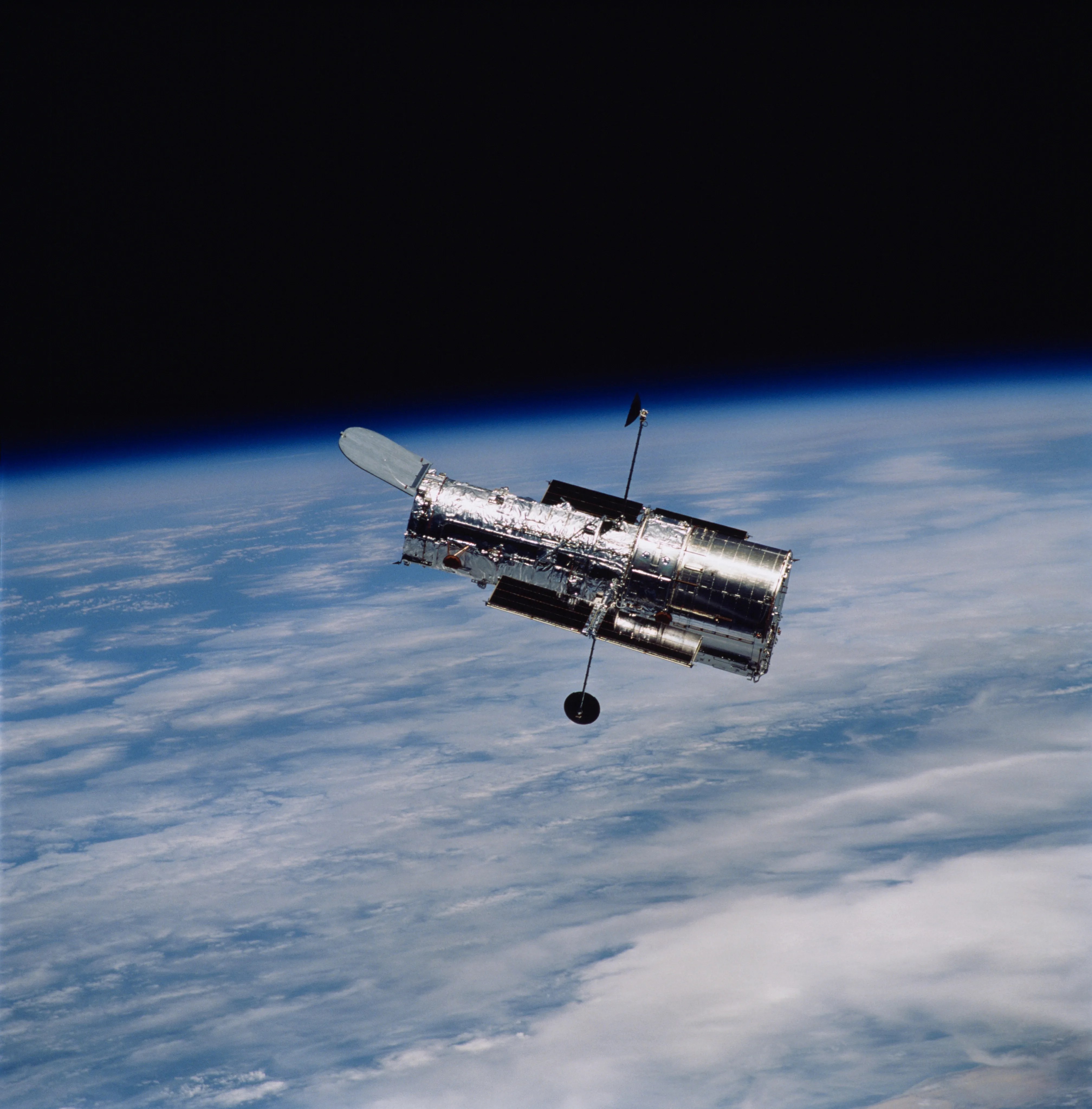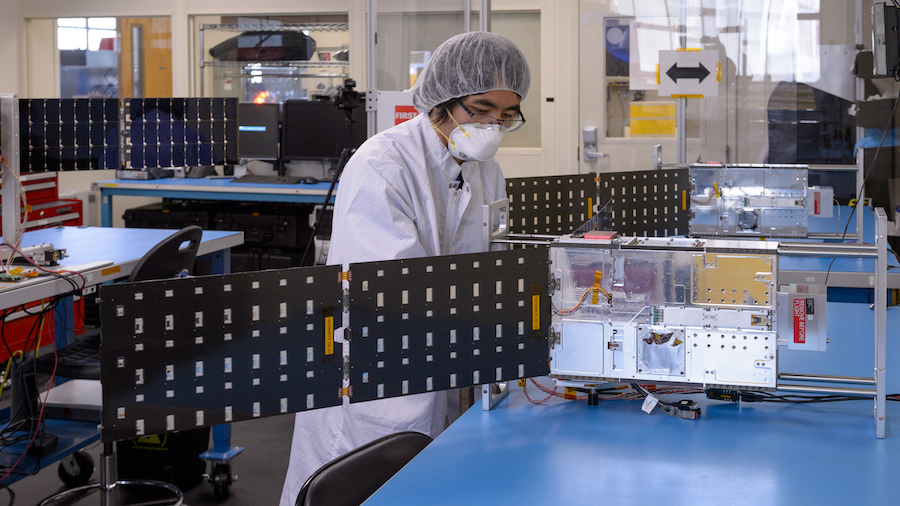
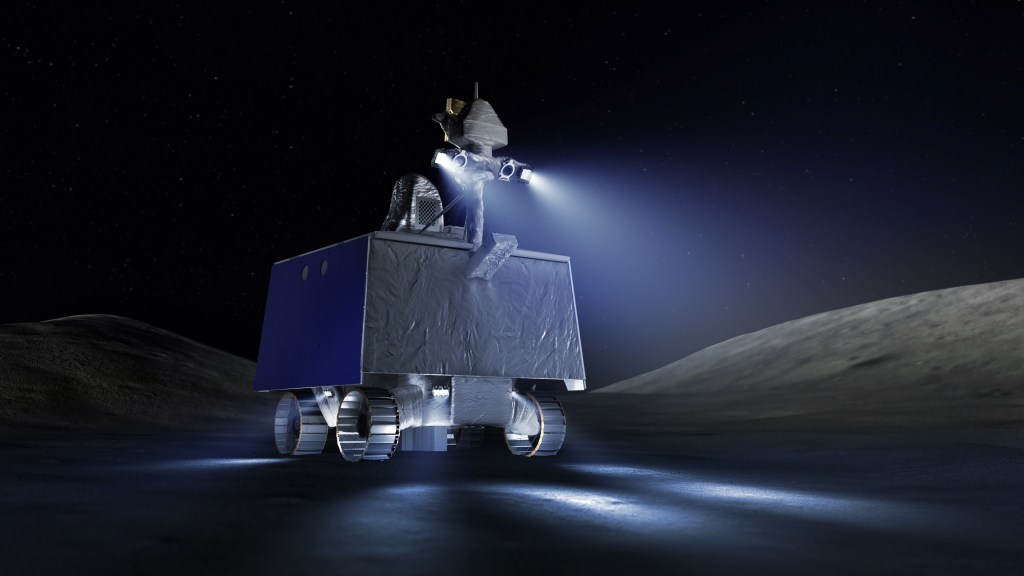
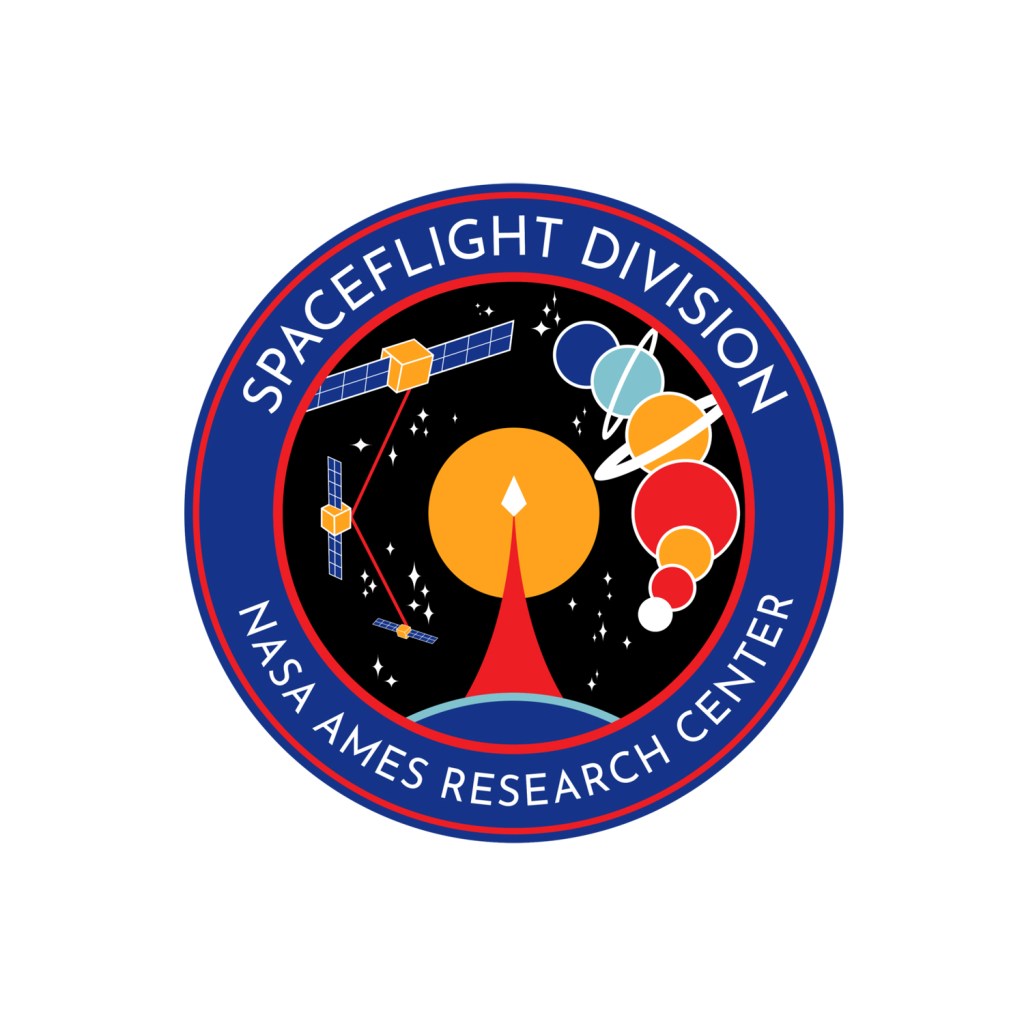
Systems Engineering, Integration & Testing (SEIT)
Systems Engineering involves the top-down development of a system’s functional and physical requirements from a basic set of mission objectives.
We provide systems engineering leadership and support to a variety of programs and projects. Central to our approach is customer focused tailoring of NASA’s systems engineering processes across the entire project lifecycle considering risk posture, complexity, and cost.
Our systems engineers support spacecraft and nanosat projects under both NPR 7120.5 and 7120.8, lunar landers and rovers, ISS payloads, aeronautics projects, and major ground facilities such as the Arcjet complex.
SEIT Projects
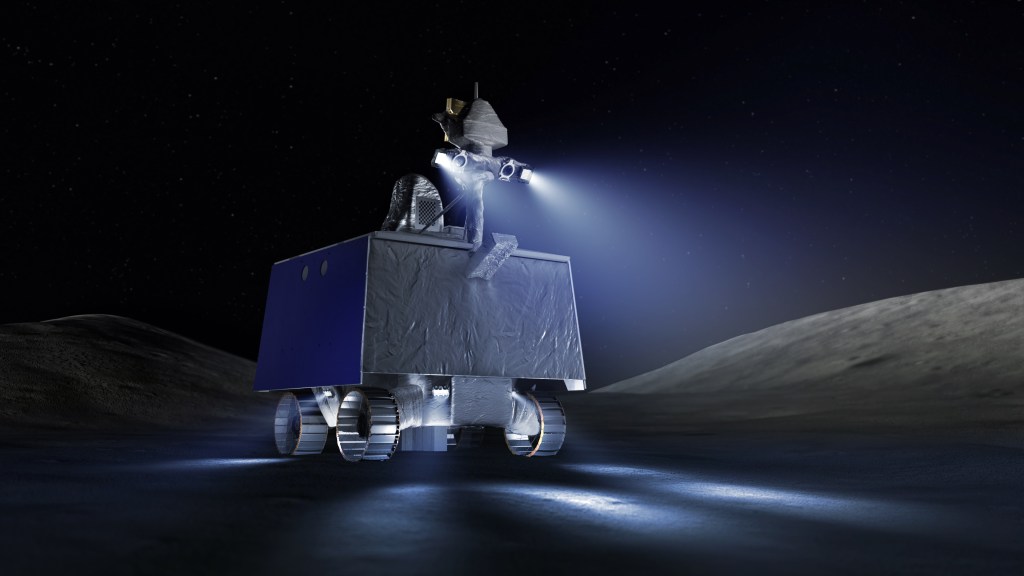
VIPER
VIPER, will explore the relatively nearby but extreme environment of the Moon in search of ice and other potential resources.
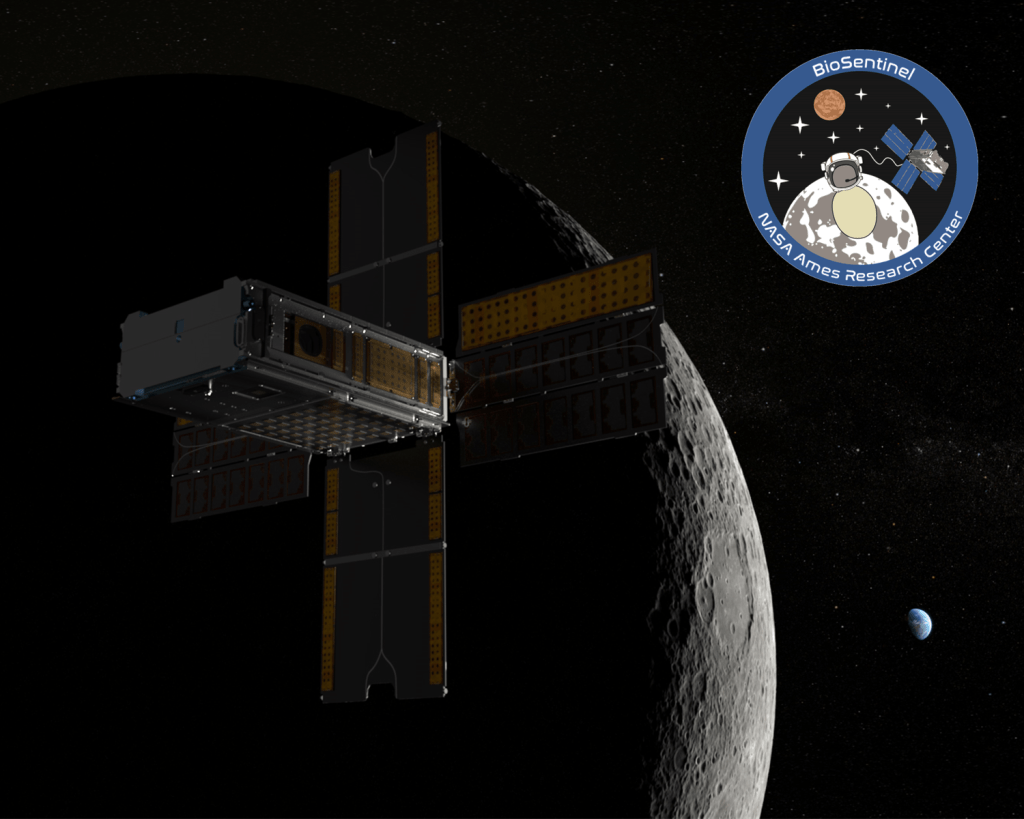
BioSentinel
Launched on Artemis-1, BioSentinel is a 6U CubeSat that carries a biology experiment into deep space for the first time in 50 years.
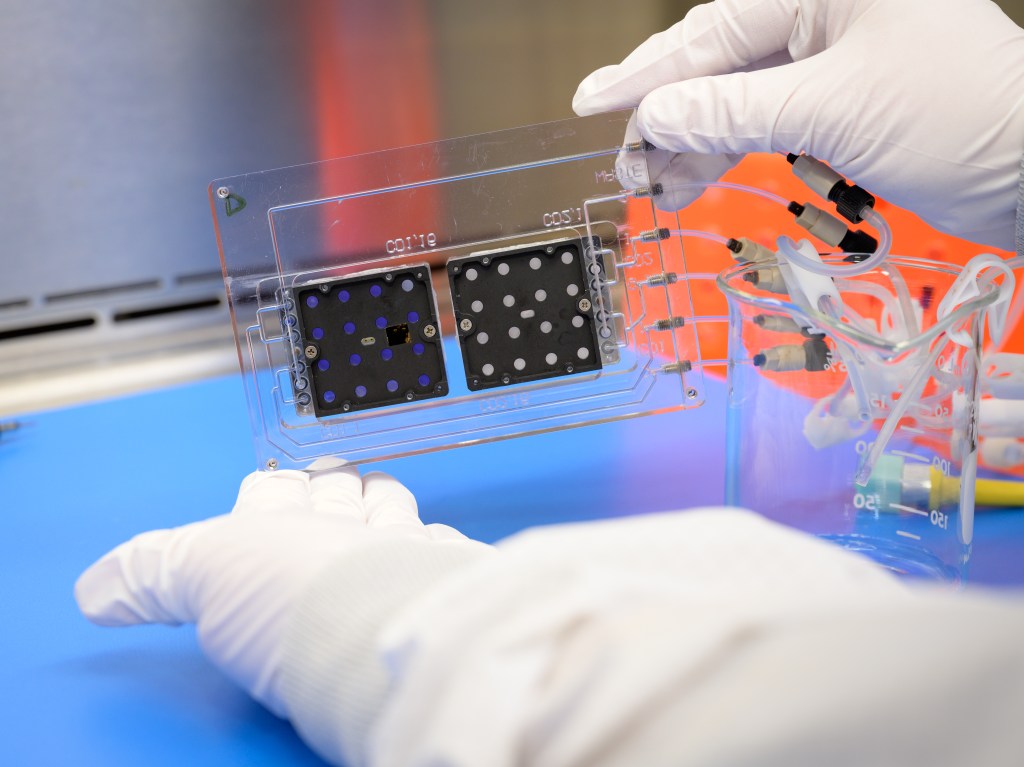
LEIA
LEIA will conduct biological research on the Moon by delivering yeast to the lunar surface, and studying its response to radiation and lunar gravity.
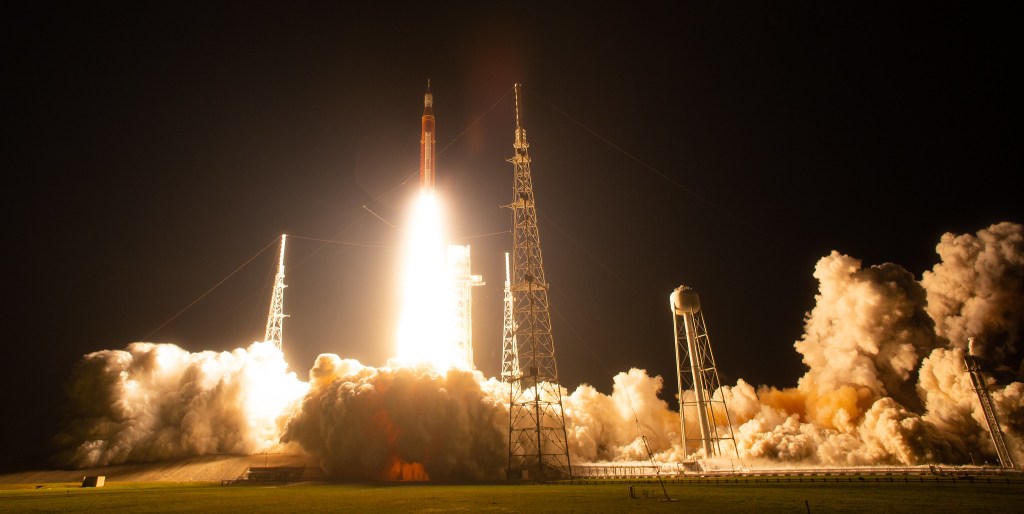
Cube Quest Challenge
An in-space competition to demonstrate a lunar orbiting or deep space 6-U CubeSat
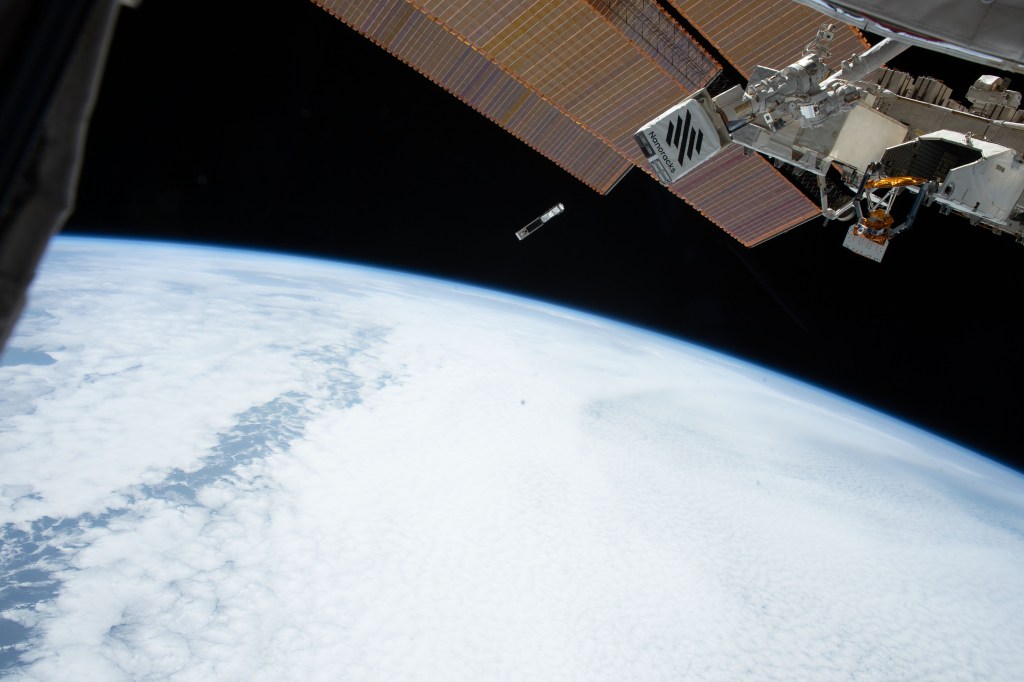
Small Spacecraft Technology Program Support
SEIT supports the Small Spacecraft Technology (SST) program within NASA’s Space Technology Mission Directorate (STMD).
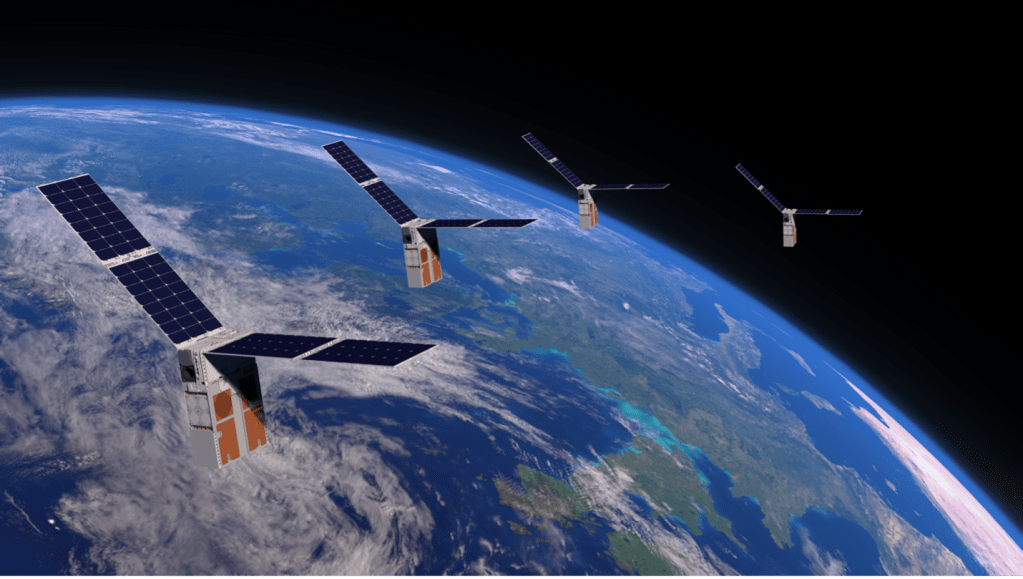
Starling
Starling will demonstrate technologies to enable multipoint science data collection by several small spacecraft flying in swarms.
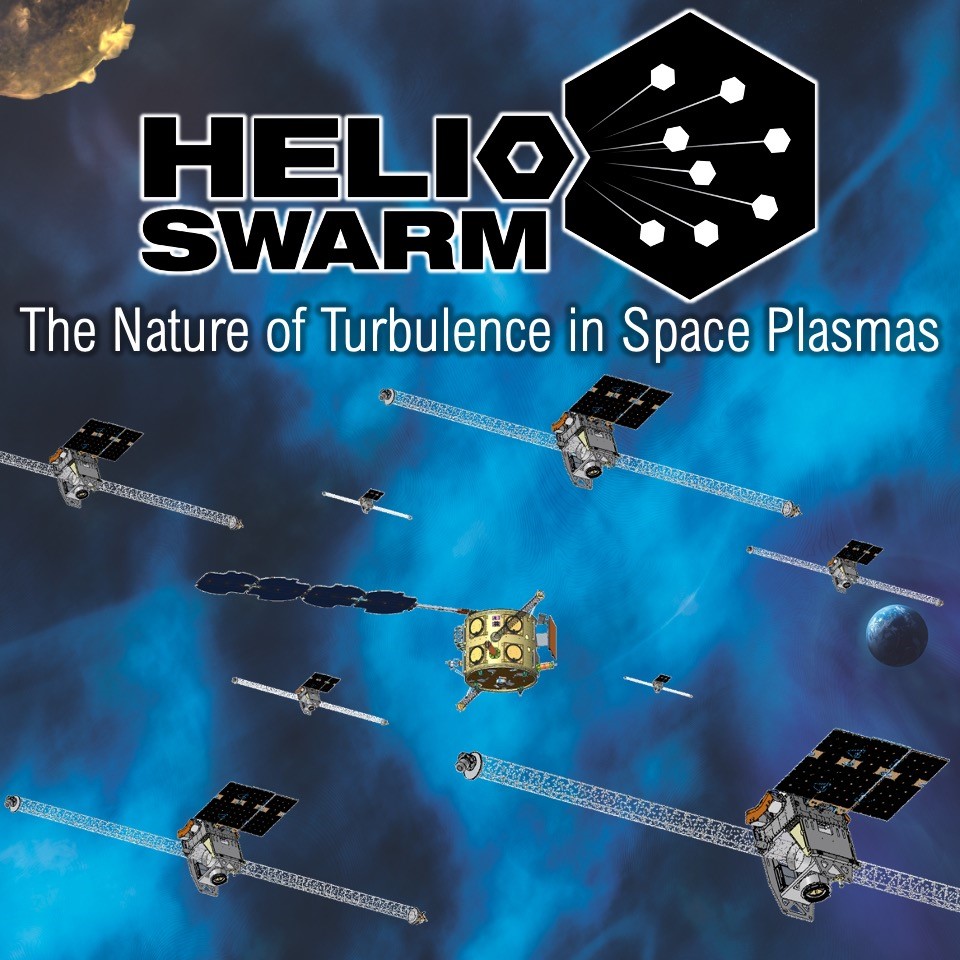
HelioSwarm
HelioSwarm will unlock the mystery of how turbulence heats space plasma, which is matter that makes up key elements in the Universe, like the Sun, stars, solar wind and even the Earth's upper atmosphere.




























